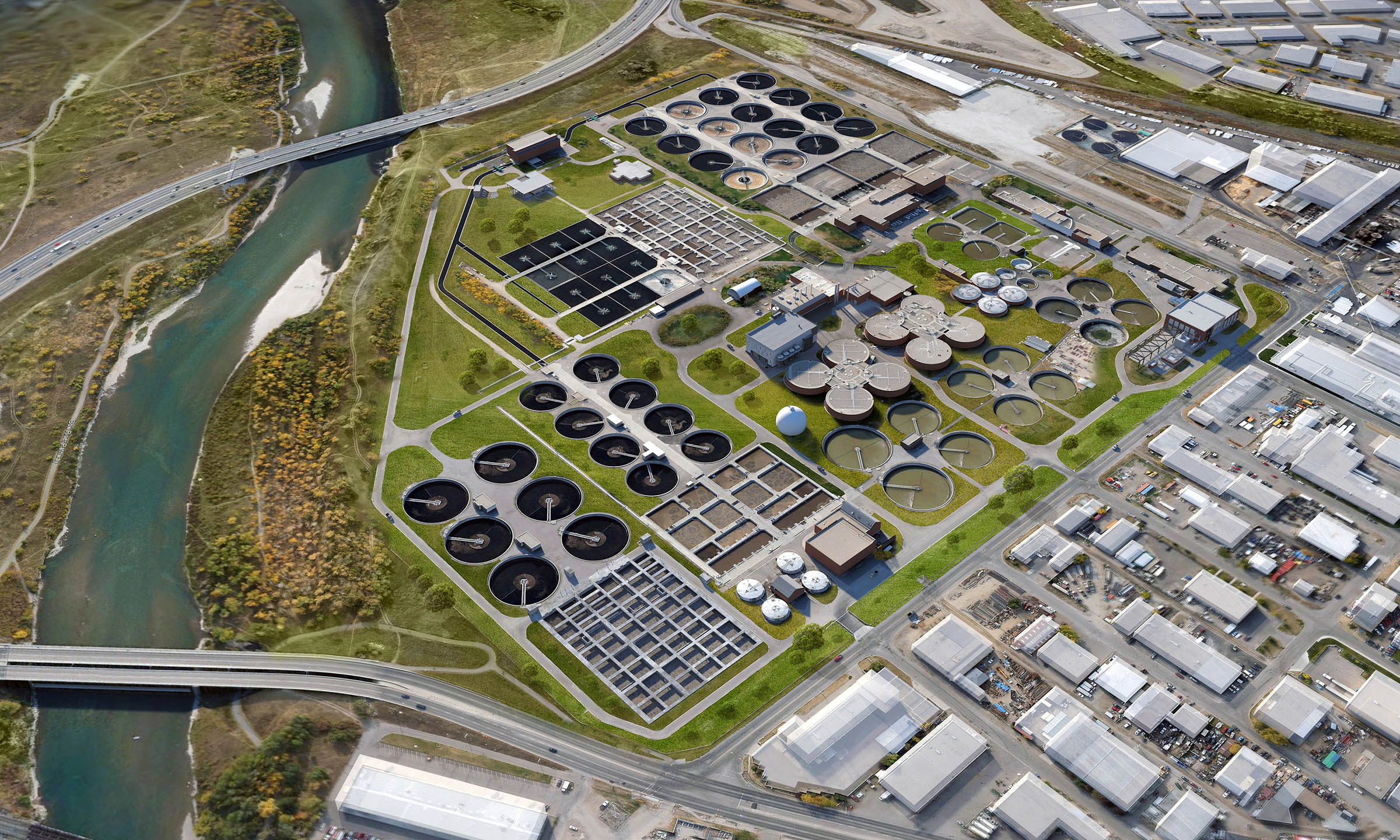Ingenious Techniques to Waste Water Treatment Technologies
Ingenious Techniques to Waste Water Treatment Technologies
Blog Article
Strategic Approaches to Boost Waste Water Therapy Performance and Reduce Environmental Effect
In the world of waste water therapy, the quest for boosted performance and decreased ecological effect is a perpetual obstacle that demands critical options. The integration of advanced therapy innovations, energy-efficient procedures, source recovery strategies, improved nutrient elimination methods, and clever monitoring and control systems stands for a multifaceted framework for resolving these pressing problems.
Advanced Treatment Technologies
Sophisticated membrane layer purification systems have revolutionized innovative wastewater therapy procedures, dramatically enhancing the removal of pollutants. This innovation has verified to be extremely efficient in getting rid of a wide range of contaminants, consisting of pharmaceuticals, heavy metals, and organic compounds, which are commonly challenging to remove through standard treatment techniques.
Additionally, membrane purification systems use various benefits over traditional treatment techniques. In addition, these systems are extremely functional and can be quickly integrated right into existing therapy plants or utilized as standalone units for decentralized applications.
Energy-Efficient Procedures
The integration of energy-efficient procedures in wastewater treatment systems is critical for enhancing source usage and reducing operational prices. By carrying out energy-efficient technologies, treatment plants can significantly reduce their carbon footprint and overall environmental influence. One crucial approach to improving power efficiency in wastewater therapy is the utilization of sophisticated oygenation systems, such as fine bubble diffusers or surface aerators, which can boost oxygen transfer efficiency and minimize power intake. In addition, including energy healing systems, like anaerobic digestion for biogas production or using excess warmth for thermal processes, can assist counter energy demands and advertise sustainability.
Additionally, optimizing process control and automation with using innovative sensing units and keeping track of systems can improve general energy efficiency by adjusting operations in real-time based on real need and problems. Carrying out power audits and regularly keeping an eye on energy efficiency indicators are important practices to recognize locations for enhancement and track energy-saving campaigns properly. On the whole, the fostering of energy-efficient processes in wastewater treatment not only profits the setting however likewise adds to long-term price financial savings and operational sustainability.
Resource Recuperation Methods
With a concentrate on optimizing source use and sustainability in wastewater treatment systems, the application of source recuperation methods arises as a crucial element in enhancing operational efficiency. Source healing techniques in wastewater treatment include the identification and extraction of important resources from the waste stream, thereby transforming what was when considered waste into a useful possession. By implementing source recovery strategies such as nutrient removal and recuperation, energy generation from natural matter, and the manufacturing of reusable water, wastewater therapy plants can reduce ecological impact while maximizing performance.

Improved Nutrient Removal Techniques
Implementing innovative nutrient elimination methods go to website is necessary for optimizing the efficiency of wastewater therapy systems. Improved nutrient removal plays an important role in reducing the environmental influence of cured effluent released into water bodies. One of the vital methods used for boosted nutrient removal is the process of organic nutrient removal (BNR), which entails the removal of nitrogen and phosphorus through organic processes. This can be accomplished through making use of specialized bacteria that can convert nitrogen substances into inert nitrogen gas with denitrification, and build up phosphorus within their cells via a process called boosted biological phosphorus elimination (EBPR)

Along with BNR, advanced therapy methods such as membrane bioreactors (MBRs) and built marshes can also be utilized to boost nutrient elimination effectiveness. MBRs utilize membrane layers to achieve high-grade effluent requirements by properly getting rid of nutrients and put on hold solids. Constructed marshes mimic natural marsh procedures to get rid of nutrients with plant uptake, microbial activity, and sedimentation. By including these advanced nutrient removal methods into wastewater treatment industries, towns and systems can successfully lower nutrient contamination and protect the atmosphere.
Smart Surveillance and Control Equipment
Making use of cutting-edge modern technology, the combination of clever monitoring and control systems transforms the operational effectiveness of wastewater therapy centers. These systems integrate sophisticated sensors and data analytics to constantly check crucial specifications such as pH degrees, turbidity, dissolved oxygen, and circulation rates in real-time. By gathering and evaluating this data, drivers can obtain valuable insights into the efficiency of the treatment processes, making it possible for positive adjustments to enhance therapy performance.
Smart surveillance and control systems likewise sustain remote monitoring abilities, allowing drivers to access real-time data and control functions from off-site areas. This remote ease from this source of access boosts operational versatility and responsiveness, enabling quick treatments in situation of system malfunctions or changes in influent high quality. The anticipating upkeep capabilities of these systems help stop equipment failures and decrease downtime, ultimately improving the overall dependability of wastewater therapy operations.
Verdict
To conclude, calculated methods such as innovative treatment innovations, energy-efficient processes, source healing approaches, enhanced nutrient removal methods, and clever surveillance and control systems play an essential function in boosting wastewater therapy performance and decreasing environmental influence. By executing these methods, wastewater treatment plants can enhance their general performance, minimize power usage, recover beneficial sources, and ensure compliance with environmental regulations. These strategies are necessary for lasting and efficient wastewater administration practices.

In verdict, tactical strategies such as advanced therapy technologies, energy-efficient procedures, resource healing approaches, enhanced nutrient removal strategies, and smart tracking and control systems play an important duty in boosting wastewater therapy efficiency and decreasing environmental effect.
Report this page